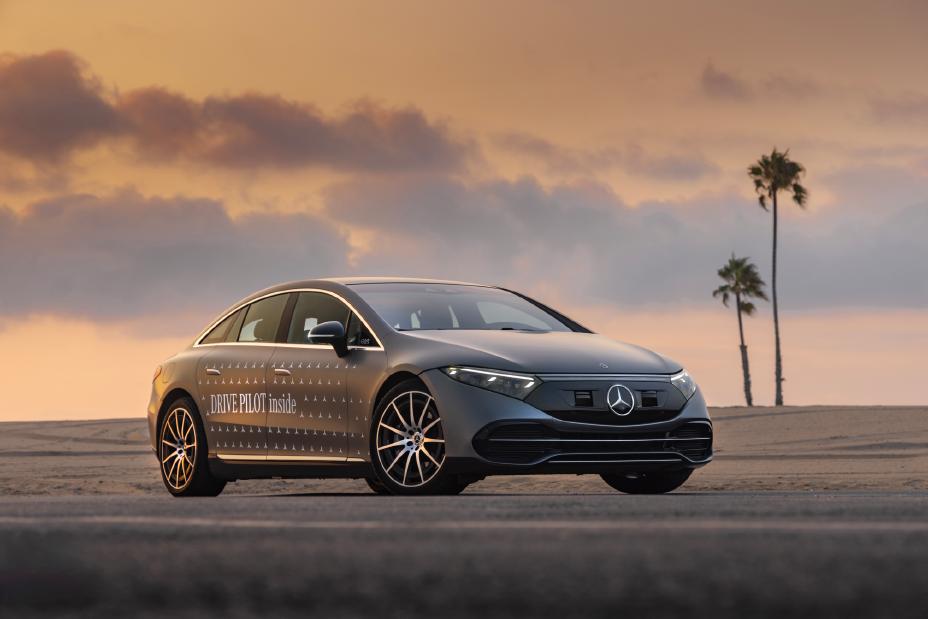You're indeed correct...but the folks on the other side of the argument comparing lithium to gas might be better convinced (if it's possible to convince them) just comparing mining to mining, or weights to weights, even if the items aren't exactly analagous. The real trouble is that they literally have no idea about the current state of things in terms of the mining or mass of stuff the ICE economy requires.
For example:
Comparing an entire lithium ion battery vs gasoline:
- That battery weighs about 1000 lbs (very round number estimate). People have a feel for what 1000 lbs is, and they think it is a lot.
- Well, how much gasoline does your car burn? Most people literally never see the gasoline that goes into the car, or where it goes, and have no idea how much it actually is. Make them realize the numbers and MAYBE they'll make a connection. My first line on this: the Tesla's battery is warrantied for 120,000 miles (or whatever it is for your car), and is expected to last much much longer. But, sticking just with that 120,000 mile warranty -- how much gasoline does it take to go that far? If their car gets 30mpg, then it takes 4,000 gallons of gas to go 120,000 miles. 4,000 gallons of gas would weigh about 24,000 pounds...and it just gets burned up and sent into the air as ~75,000 pounds of CO2, plus other worse things. Hey Mr. EV_Hater: are you really comparing a recycleable 1000lb battery to the 24,000 lbs of gasoline your car is going to burn up to go 120,000 miles?
Realizing that lithium isn't the fuel, comparing green electricity vs gasoline:
- Yup...but another 1000 lbs of solar panels (probably a big over-estimate?) on my roof will last 25+ years and provide my EV with all the "fuel" it needs, plus power my house. Honestly...if the average driver only goes about 40 miles per day, that requires about 10 kWh of electricity each day, so about 2 or 3 kW of solar panels. So, about 8 of Tesla's 400 Watt panels? A few hundred pounds?
- No, seriously Mr. EV_Hater...how are you going to seriously compare a 1000 lb battery plus 1000 lbs of solar panels to the 10,000+ gallons, or 60,000+ pounds of gasoline you're going to burn in the next 25 years?






/cloudfront-us-east-2.images.arcpublishing.com/reuters/5ZQLXEEZAJIG7CHEH62OHGOI7U.jpg)
/cloudfront-us-east-2.images.arcpublishing.com/reuters/XIXBMH6XQJN2DJTRL4M2ML3AKY.jpg)